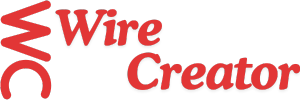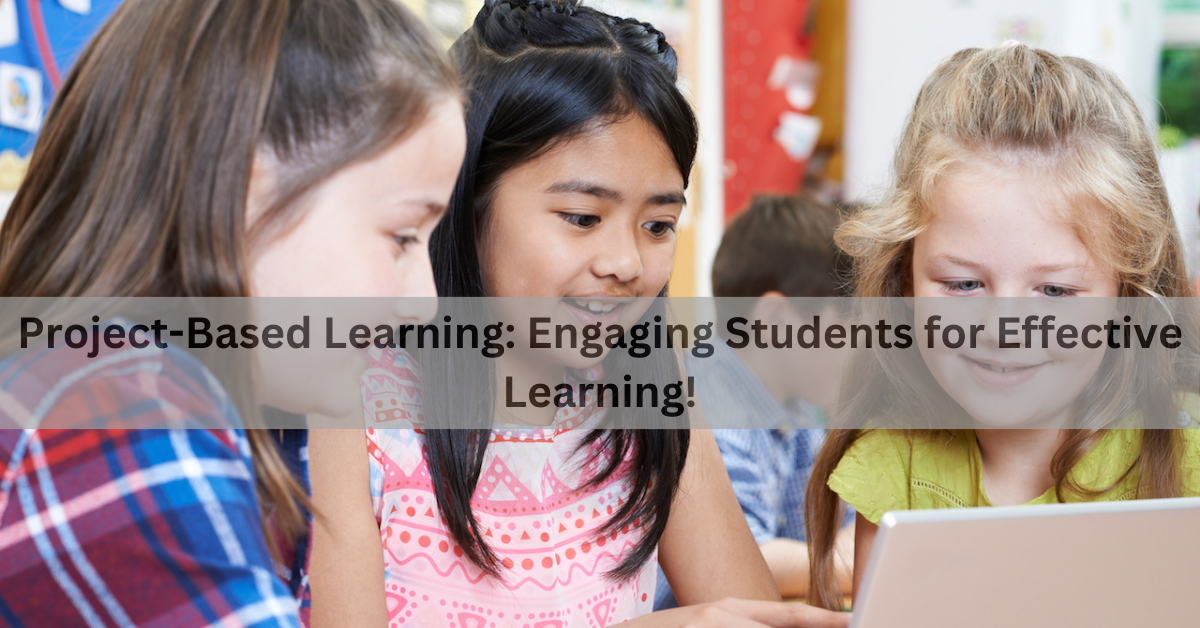Contents
Introduction to Project-Based Learning
Project-Based Learning (PBL) is an innovative educational approach that emphasizes student-centered learning through real-world projects. Unlike traditional classroom methods, PBL encourages students to explore topics, collaborate with peers, and apply knowledge and skills to solve complex problems. This article explores the benefits of PBL, key components of effective projects, examples of successful implementation, and tips for integrating PBL into educational settings.
Benefits of Project-Based Learning
Active Engagement
PBL promotes active learning by involving students in meaningful projects that require critical thinking, problem-solving, and creativity. This hands-on approach fosters deeper understanding and retention of concepts.
Real-World Relevance
Projects in PBL are often based on real-world issues or scenarios, making learning more relevant and meaningful to students. They learn how to apply academic knowledge to practical situations, preparing them for future challenges.
Collaboration and Communication Skills
Working on projects in teams teaches students valuable collaboration and communication skills. They learn to share ideas, resolve conflicts, and effectively communicate their findings and solutions.
Key Components of Effective Projects
Clear Goals and Objectives
Projects should have clearly defined goals and objectives that align with learning outcomes. Students should understand what they are expected to achieve and how their work contributes to the project’s success.
Authentic Tasks
Projects should present authentic tasks or challenges that mirror real-world situations. This authenticity motivates students and enhances their engagement and problem-solving abilities.
Inquiry and Investigation
PBL encourages students to conduct research, gather information, and explore multiple perspectives on the topic. This inquiry-based approach promotes curiosity and deepens understanding.
Examples of Successful Implementation
STEM Projects
In STEM (Science, Technology, Engineering, and Mathematics) education, PBL is used to engage students in hands-on activities like designing experiments, building prototypes, and solving engineering challenges.
Social Studies and Humanities
In subjects like social studies and humanities, PBL projects might involve researching historical events, analyzing primary sources, or exploring cultural perspectives on global issues.
Environmental Studies
PBL can be applied to environmental studies by having students investigate local environmental problems, propose sustainable solutions, and advocate for change in their community.
Tips for Integrating PBL into Educational Settings
Start with Clear Guidelines
Provide students with clear guidelines, expectations, and timelines for the project. Clearly communicate the learning objectives and how the project aligns with curriculum standards.
Facilitate Peer Collaboration
Encourage collaborative learning by assigning roles within teams, promoting peer feedback, and facilitating discussions that foster teamwork and mutual support.
Embrace Technology
Utilize digital tools and resources to support research, collaboration, and presentation of project outcomes. Technology enhances the learning experience and prepares students for digital literacy skills.
Conclusion
Project-Based Learning is a powerful educational approach that engages students in active, meaningful learning experiences. By focusing on real-world projects, collaboration, and problem-solving, PBL prepares students for success in an increasingly complex and interconnected world. Educators can leverage PBL to cultivate critical thinking skills, creativity, and a passion for lifelong learning. Embracing this innovative approach fosters a learning environment where students thrive and develop the skills needed to make a positive impact in society.


